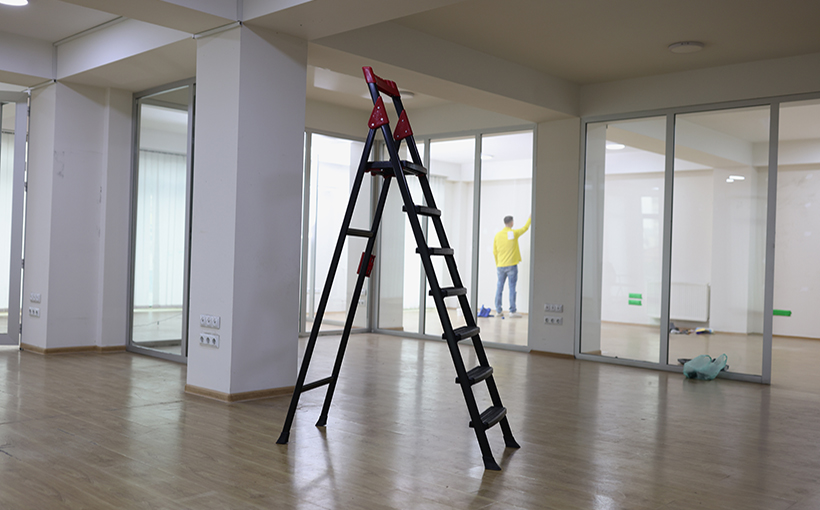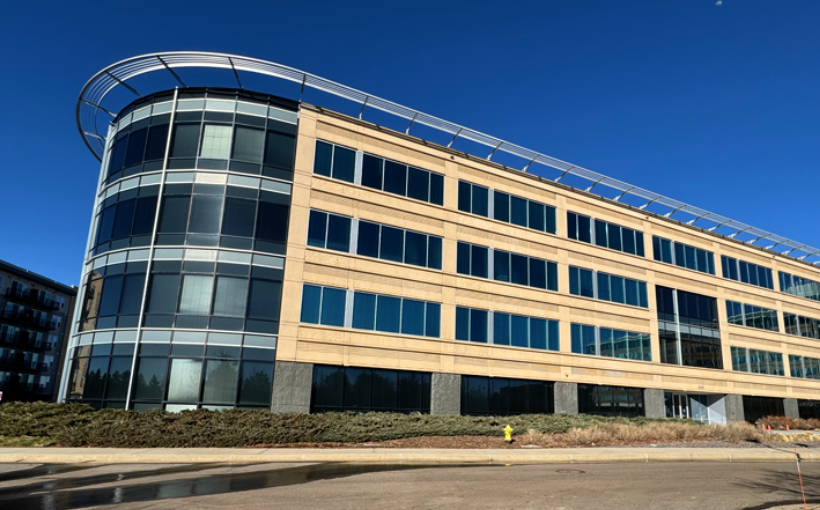In the past, tenants seeking a specific style of office space would often opt for a tenant improvement allowance (TI) as part of their lease agreement. This allowed them to customize and build out their workspace according to their needs.
However, with the onset of the pandemic, many aspects of the office sector were disrupted – including TI usage. A recent report from CompStak revealed that there has been a sudden shift in tenants’ workplace requirements and they are now more hesitant to commit to lengthy build-out processes associated with TIs. As a result, there has been an increase in landlord-built spaces being offered and leased.
What Are Landlord-Built Spaces?
Unlike tenant improvements where tenants dictate how a space should be finished out, landlord-built spaces involve building owners investing upfront money into finishing different levels before signing or moving in any tenants. Examples include pre-built units, new installations or turnkey projects.
According to Alison Baumann from CompStak’s Director of Real Estate Intelligence team: “Landlord-built transactions move faster than tenant-improvement deals – about 33% quicker.” This means that tenants can occupy these spaces sooner and start operations immediately.
Who Uses It?
The report also noted that while small businesses used to be attracted by landlord-built spaces due its ready-to-use nature; post-pandemic period saw an increase in transaction size for these types of properties compared with those built by individual companies themselves (tenant improvements).
Moreover,”the share of deals involving landlord-buildingspaces increased across all transaction sizes” when comparing trends between pre- and post-COVID periods accordingtothe report findings .
Why is Interest Increasing?
One reason behind this growing interest is time efficiency – landlords are able get leases signed faster because they have already completed most construction work on these buildings beforehand . Additionally , higher-quality finishedspaces have proven effective at attracting employees back into offices while minimizing delays between lease signingand move-in dates which typically occur with post-execution build-outs.
Furthermore, the office market is becoming increasingly competitive in terms of attracting tenants. As a result, landlords are proactively building out more spaces to appeal to these potential tenants who prefer ready-to-go spaces over others.
The report also highlighted a stronger correlation between lease and work values for landlord-built spaces which can be appealing to tenants as well.
Looking Ahead
While it’s still too early to make any definitive conclusions about the future of landlord-built spaces in comparison with shell construction and tenant improvements, Baumann suggests that as long as the office market remains competitive and tenants have negotiating power – landlords will continue offering built-out options. Additionally , concessions (i.e., money attributed towards “work value” in an office deal) remain high compared with pre-COVID levels; this includes both TI dollars for tenant buildoutsand concessions offered by landlords for their built-out properties .




